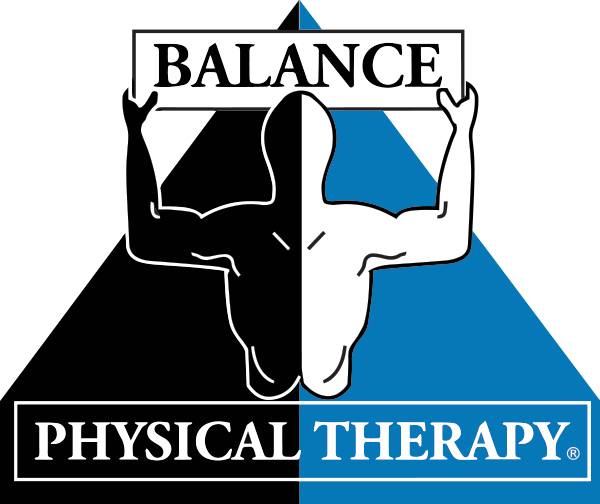Refining the Foundational Tenets of Workplace Ergonomics for a Well-Balanced and Efficient Professional Setting
Developing a workspace that supports well-being and efficiency is vital in the current rapid landscape. Ergonomics, the discipline of how individuals engage with their work environment, plays a crucial role in achieving this outcome. By implementing key ergonomic principles, professionals can optimize their comfort, reduce the risk of strain, and enhance overall effectiveness in their daily tasks. Comprehending and utilizing these principles can lead to substantial benefits for both employees and companies alike.
One of the initial steps in learning ergonomics is to examine the workstation setup. This encompasses the organization of workstations, office chairs, monitors, and other equipment. A chair should provide proper lumbar support, enabling the lower back to retain its proper curve. The height of the table should be flexible so that when sitting, forearms remain comfortably at a 90-degree position while typing. Additionally, displays should be placed at eye level to minimize neck strain. Thoughtfully organizing these factors establishes a foundation for a ergonomic workspace.

Another key aspect is the importance of mobility during the workday. Staying in one posture for too long can lead to strain and health issues. For this reason, it is helpful to integrate frequent rest periods into the workday. Simple steps such as standing up, doing stretches, or walking around can reduce muscle fatigue and enhance vascular health. Encouraging workers to move not only improves their physical well-being but also enhances focus and productivity during activities.
Light quality in the work environment also plays an essential role in ergonomics. Inadequate light can cause eye discomfort and migraines, which can seriously affect efficiency. Natural light is preferred Visit This Link as it reduces visual strain and creates the environment more pleasant. In its absence, using flexible lamps with soft light can enhance sight without causing discomfort. Guaranteeing that workspaces are properly illuminated supports establishing an setting conducive to concentration and productivity.
In conclusion, promoting proper habits concerning posture is essential for supporting a healthy work environment. Team members should be educated on the value of keeping a straight healing strategies for sports injuries with a focus on recovery back and keeping their legs comfortably on a footrest. Using ergonomic tools like arm supports or keyboard trays can further improve workplace support while performing tasks. By promoting understanding about healthy alignment among all team members, companies can cultivate a environment of well-being that results in improved productivity and workplace satisfaction.
Ultimately, mastering ergonomics is crucial for developing an efficient and healthy work environment. By reviewing workstation setups, promoting movement, enhancing workplace lighting, and fostering good posture habits, both staff and organizations can realize meaningful benefits. Investing energy and investment into ergonomics not only supports employee wellness but also creates a more productive work environment as a whole.